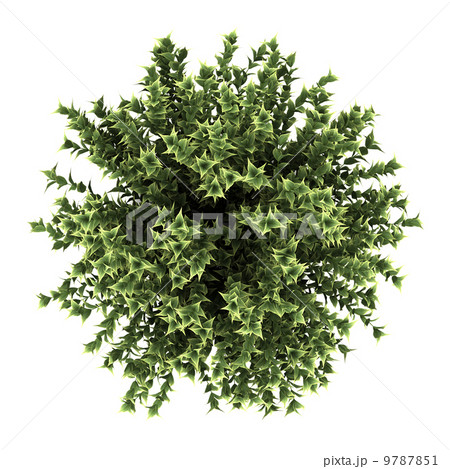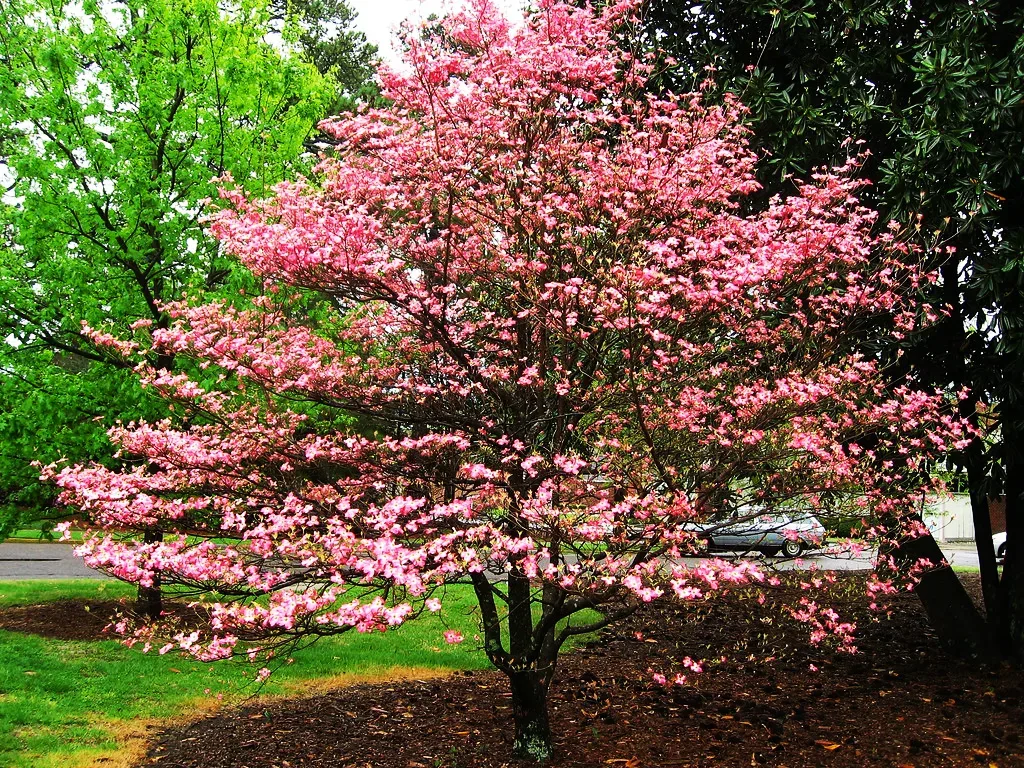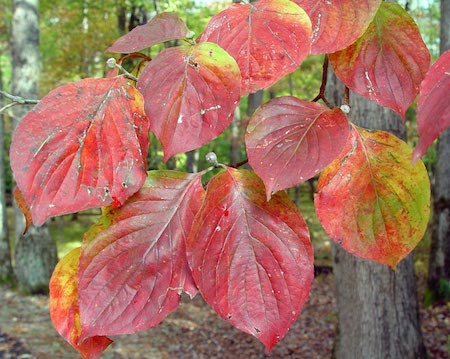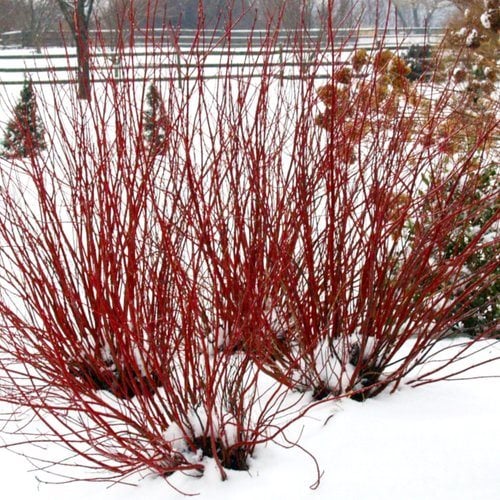Red Dogwood Bushes: The Winter Showstopper
Title: Red Dogwood Bushes: The Winter Showstopper
Introduction:
Red dogwood bushes are a beautiful addition to any winter garden. Their bright red stems provide a splash of color during the coldest months of the year, and they're relatively easy to care for.
In this blog post, we'll take a closer look at red dogwood bushes. We'll discuss their history, their different varieties, how to plant and care for them, and their pest and disease resistance. We'll also provide some tips on how to use red dogwood bushes in your garden.
Main Content:
History of Red Dogwood Bushes
Red dogwood bushes are native to North America, and they've been cultivated for centuries. The first recorded mention of red dogwood bushes was in 1624, when they were described by John Josselyn, an English botanist.
Red dogwood bushes were originally used by Native Americans for medicinal purposes. They were also used to make dyes and baskets. In the 1800s, red dogwood bushes became popular ornamental plants, and they're still popular today.
Different Varieties of Red Dogwood Bushes
There are several different varieties of red dogwood bushes. The most common variety is Cornus sericea, which is also known as the "red-osier dogwood." This variety has bright red stems, and it can grow up to 10 feet tall.
Another popular variety is Cornus alba, which is also known as the "white dogwood." This variety has white stems, and it can grow up to 6 feet tall.
There are also several other varieties of red dogwood bushes, including Cornus sanguinea, Cornus racemosa, and Cornus alternifolia.
How to Plant and Care for Red Dogwood Bushes
Red dogwood bushes are relatively easy to plant and care for. They prefer full sun, but they can tolerate partial shade. They also prefer moist, well-drained soil.
When planting red dogwood bushes, it's important to dig a hole that is twice as wide as the root ball. Backfill the hole with soil, and water the bush well.
Red dogwood bushes need to be watered regularly, especially during the first year after planting. They also need to be fertilized in the spring and fall.
Pest and Disease Resistance
Red dogwood bushes are relatively resistant to pests and diseases. However, they can be susceptible to anthracnose, a fungal disease that causes leaf spots. If your red dogwood bush develops anthracnose, you can treat it with a fungicide.
How to Use Red Dogwood Bushes in Your Garden
Red dogwood bushes can be used in a variety of ways in your garden. They can be planted as a hedge, a specimen plant, or in a mixed border. They're also a good choice for winter gardens.
If you're looking for a beautiful and easy-care plant to add to your winter garden, red dogwood bushes are a great option.
Conclusion:
Red dogwood bushes are a beautiful and versatile addition to any winter garden. They're relatively easy to care for, and they're resistant to pests and diseases. If you're looking for a plant that will add a splash of color to your garden during the coldest months of the year, red dogwood bushes are a great choice.
If you are interested in learning more about red dogwood bushes, I recommend visiting Home Gardening. This website has a wealth of information about red dogwood bushes, including their history, care, and cultivation. You can also find photos and videos of red dogwood bushes, as well as a forum where you can ask questions and get advice from other red dogwood enthusiasts.
FAQ of red dogwood bush
- Q: What are the benefits of planting a red dogwood bush?
- A: Red dogwood bushes are a popular choice for landscaping because they offer year-round interest. In the spring, they bloom with white or pink flowers. In the summer, their leaves turn a vibrant green. And in the fall, their leaves turn shades of red, orange, and yellow. In the winter, their red stems provide a splash of color in the landscape.
- Additionally, red dogwood bushes are relatively low-maintenance. They are drought-tolerant and can withstand a wide range of soil conditions. They are also resistant to pests and diseases.
- Q: How do I plant a red dogwood bush?
- A: Red dogwood bushes should be planted in full sun to partial shade. They prefer well-draining soil with an acidic pH. When planting, dig a hole that is twice as wide and as deep as the root ball. Backfill the hole with soil and water well.
- Q: How do I care for a red dogwood bush?
- A: Red dogwood bushes are relatively low-maintenance. They should be watered deeply once a week during the summer. They may need to be fertilized once a year in the spring. In the winter, they should be protected from harsh winds and cold temperatures.
- Q: How do I propagate a red dogwood bush?
- A: Red dogwood bushes can be propagated from suckers, cuttings, or seeds. Suckers are young shoots that grow from the roots of the parent plant. Cuttings can be taken from the stems of the plant in the spring or summer. Seeds can be planted in the fall or spring.
- Q: What are some common problems with red dogwood bushes?
- A: Some common problems with red dogwood bushes include:
- Leaf spot: This is a fungal disease that causes leaves to develop brown spots. It can be treated with a fungicide.
- Scale: This is an insect pest that can suck the sap from the leaves of the plant. It can be treated with an insecticide.
- Winter injury: Red dogwood bushes can be damaged by cold weather. This can cause the leaves to turn brown or the stems to die back.
- A: Some common problems with red dogwood bushes include:
- Q: How do I prevent problems with my red dogwood bush?
- A: You can prevent problems with your red dogwood bush by:
- Planting it in a well-draining location.
- Watering it regularly during the summer.
- Fertilizing it once a year in the spring.
- Pruning it in the spring to remove dead or diseased branches.
- A: You can prevent problems with your red dogwood bush by:
- Q: What are some tips for pruning a red dogwood bush?
- A: When pruning a red dogwood bush, it is important to remove dead, diseased, or damaged branches. You should also remove any branches that are crossing or rubbing against each other. You can also thin out the branches to improve air circulation and reduce the risk of pests and diseases.
Image of red dogwood bush
- Top view of red-barked dogwood bush isolated on white background

- Red dogwood bush in full bloom

- Close-up of red dogwood flowers

- Red dogwood leaves in fall

- Red dogwood bush in winter

- Red dogwood bush in a garden
- Red dogwood bush as a hedge

- Red dogwood bush in a vase

- Red dogwood bush in a winter landscape

- Red dogwood bush as a backdrop for a wedding

Post a Comment for "Red Dogwood Bushes: The Winter Showstopper"